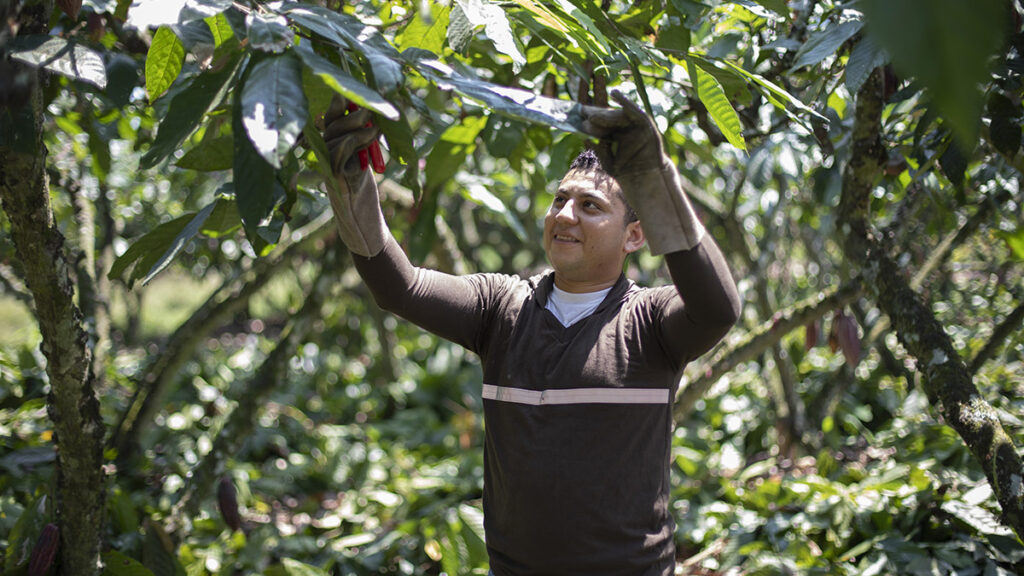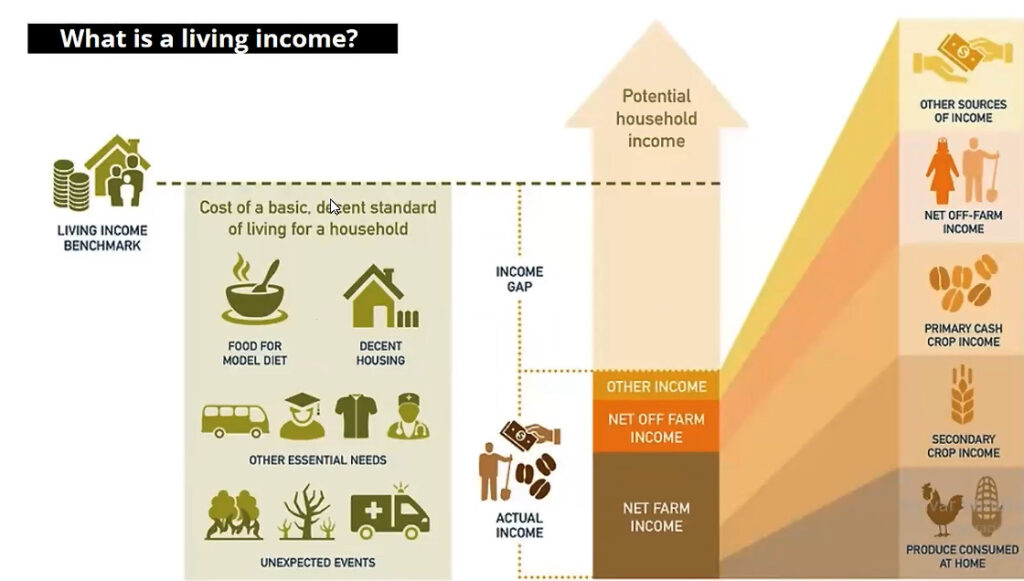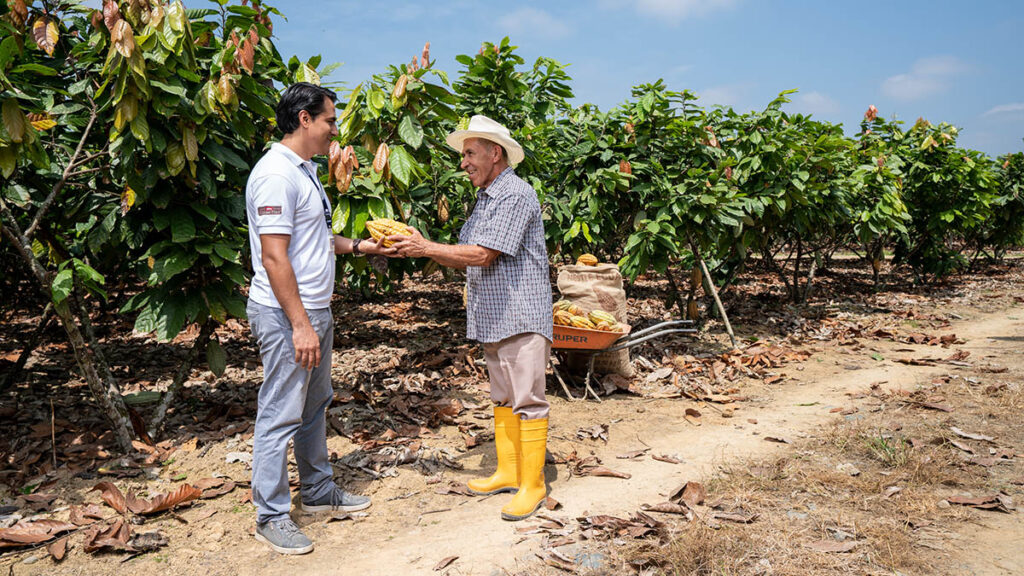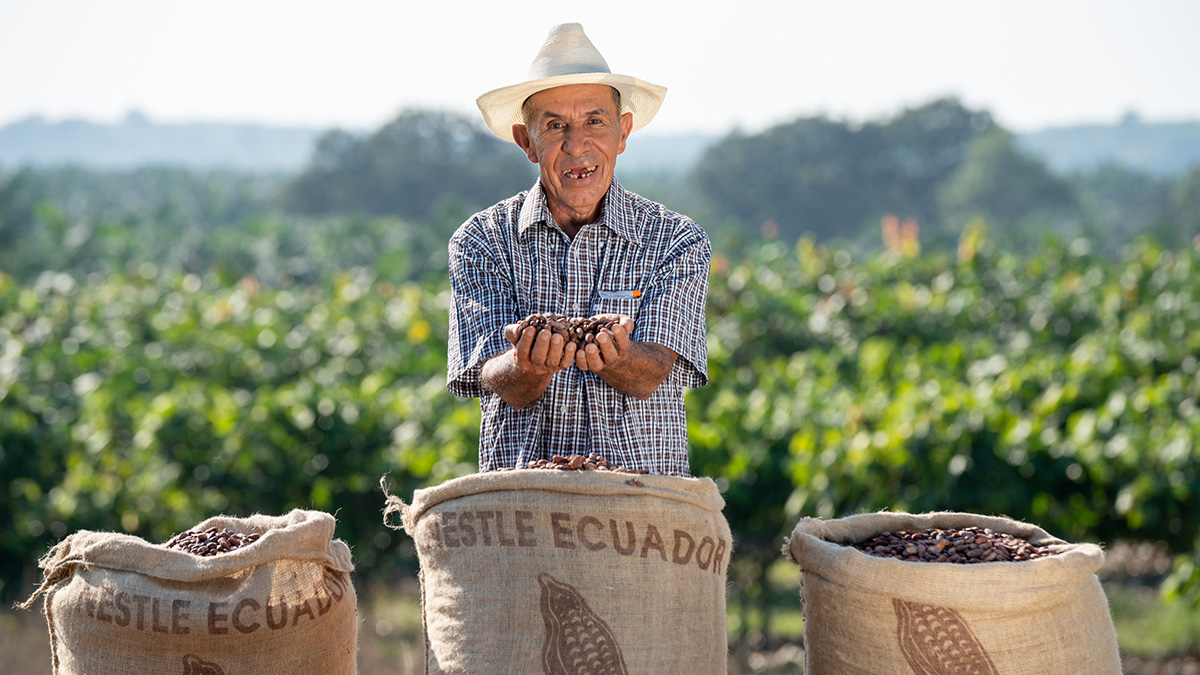Photos published on this page are courtesy of Nestle.
Key findings of the living income inventory
Brazil, Ecuador and Mexico are quite relevant to the Latin American cocoa market as they gather approximately 321,000 producers and represent 67% of the cocoa volumes produced in the region.
Medium- and large-scale producers with a viable cocoa yield earn a living income. Forty-two percent of smallholder producers in Mexico, Ecuador and Brazil, equivalent to 137,000 producers in total, receive a living income. This is reflected at country-level as 45% of total producers in Ecuador, 53% of total producers in Brazil and 1% in Mexico.
It is worth mentioning that the living income benchmarks are often higher than minimum wages at national level. Therefore, having 42% achieving a living income could be considered positive, if put in perspective.

Out of the three countries, Ecuador brings the more realistic scenario to influence producers’ net income in the medium term, as these farmers operate in more professional conditions. Brazil has a combination of professional producers located in Pará and more subsistence producers located in Bahia. Mexico is the most challenging origin, as most of the cocoa is produced by subsistence farmers.
This initial snapshot enables us to understand the income position of cocoa farmers in the region. In the short term, it also allows us to work with the sector to focus on those producers that can rapidly achieve a living income if a set of practices are implemented. In the longer term, it provides information to the sector to identify more complex solutions for producers that cannot make a living from cocoa alone.
Andrea Olivar, Strategy & Quality Director, Solidaridad in Latin America
Purpose and methodology
Solidaridad developed this inventory, commissioned by Nestle, to better understand the living income gap in cocoa farming within Latin America and to plan interventions geared towards reducing it.

The analysis took into account primary and secondary data publicly available in the three countries, which was subsequently organized according to distinct production archetypes. The archetypes were developed according to two key variables: cocoa yield productivity and farmland size.
Thus, the model allows identifying which group (archetype) of cocoa farmers have the highest potential to reach a living income if supply chain actors promote a set of activities related to increased productivity, food production and income diversification.

In a complementary way, there are archetypes that show that even if they reach viable productivity, it is not feasible for a family to achieve a living income relying mainly on cocoa, which requires a minimum farm area to become financially sustainable. There are farms that are just too small for cocoa farming. In these cases, exploring strategies beyond the supply-chain perspective, such as producing food for the family’s consumption (cost saving) and sales, or off-farm income opportunities from micro-business and entrepreneurship become more relevant.

